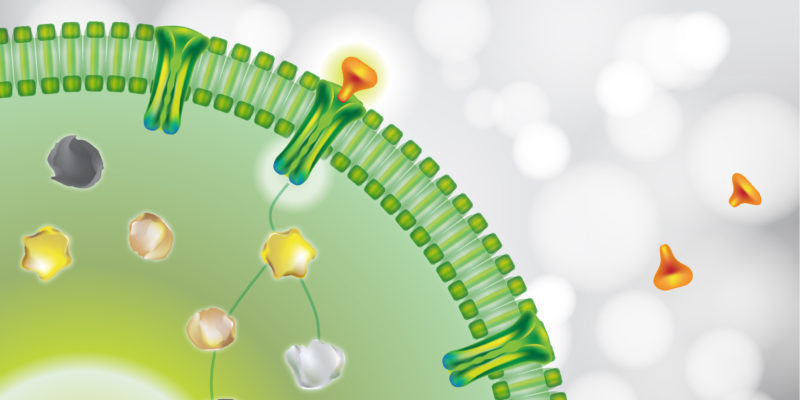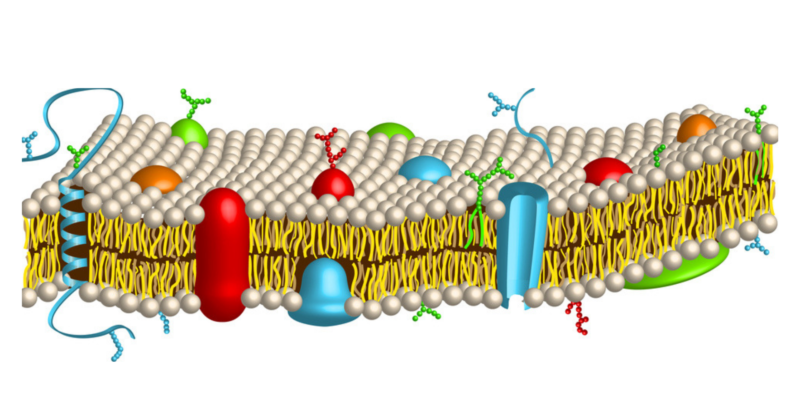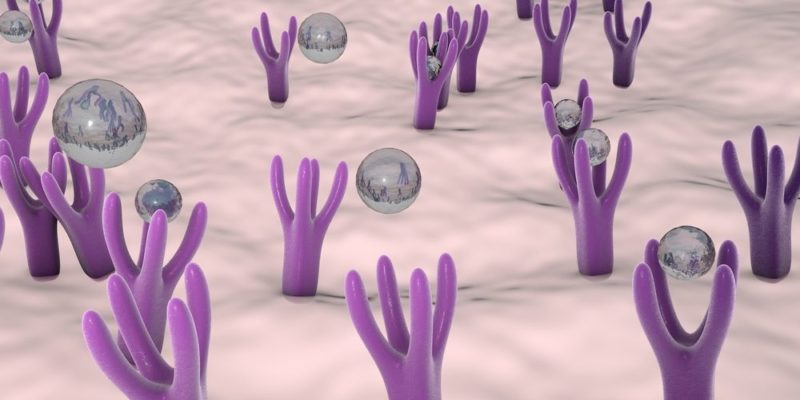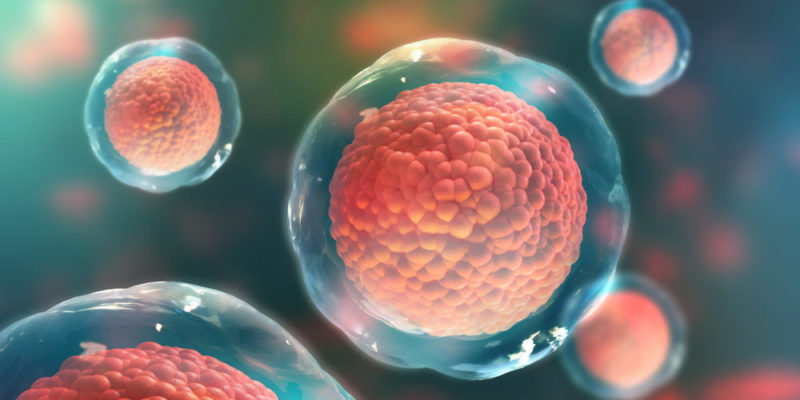We explain what the cell membrane is and its main functions. Also, what are its general characteristics, structure and more.
What is the cell membrane?
The cell membrane or plasma membrane (or cytoplasmic) is the one that surrounds the cell . It serves as a barrier that mediates between the cell and the environment that surrounds it. It represents the boundary between the intracellular environment and the extracellular environment. It also works as a container for cell organelles.
The cell membrane is extremely thin and is made up of lipids, proteins, and carbohydrates , although the composition varies depending on the type of cell. Among its tasks is to delimit the cell, protect it, prevent the cells from dispersing due to losing their chemical content.
Cell membrane size

The cytoplasmic or cellular membrane measures between 6 and 10 manometers . In other words, it is extremely thin. This hampers your study.
Chemical composition of the cell membrane
It has a heterogeneous chemical composition that varies according to the type of cell . Anyway and in general it is composed of lipids, proteins and carbohydrates.
Cell membrane structure
Scientists have been based on a model called " model of the fluid mosaic " that serves for their study and physiology of the membrane. This model was proposed by Singer and Nicolson in 972 and is made up of 3 layers, two external lines and two internal ones. In the middle of both is the lighter layer called the fluid mosaic pattern.
You may be interested in: Cell nucleus .
Attraction of molecules

These molecules are held together by attractive forces that allow them to slide from one side to the other but also allow them to separate from each other.
Cell membrane wateriness
Prior to the fluid mosaic model , the membrane was considered to be a solid body , but later it was shown that it behaves like a liquid .
Selective permeability of the cell membrane
The cell membrane is characterized by being semi-permeable . In other words, it allows the membrane to select which molecules must enter and which must exit.
Processes carried out by the cell membrane

The processes that are carried out can be simplified into 4: endocytosis, phagocytosis, pinocytosis and exocytosis.
- Endocytosis The endocytosis process occurs when the cell introduces molecules or particles.
- Phagocytosis If endocytosis captures particles, then the process is known as phagocytosis.
- Pinocytosis. In the case that these particles that are captured are liquid, the process is known as pinocytosis.
- Exocytosis Finally, when the vesicles reach the cytoplasm and fuse with the cell membrane, releasing their contents, this process is called exocytosis.
Cell membrane asymmetry
Another characteristic of the plasma membrane is that it has an asymmetric structure, since the composition of each layer that forms the cell membrane is different from one another. On the other hand, proteins also vary if they are found in one layer or another. This means that the functions of the layers are different.
Purpose of the cell membrane
The main purpose of this membrane is to prevent cells from losing their chemical content and dispersing.
Cell membrane function

The main function of the cell membrane is to delimit the cell but, in addition to it, it has other equally important functions:
- It works as a protection for the cell.
- Regulates the entry and exit of substances into the cell.
- It receives information from the outside in order to be able to adapt to the pertinent changes.
- It allows the different cells to recognize each other, adhere to each other and until they can exchange information or materials.
Luke is passionate about fostering student involvement and connection. He studied psychology for his major and likes learning about the past. Luke aims to specialize in artificial intelligence and cybersecurity. .
Leave a reply
Your email address will not be published. Required fields are marked *Recent post

Sport: What Is It, Types, Risks, Features, Characteristics and Examples

Dogs: Emergence, Features, Characteristics, Feeding and Breeds

Story: Definition, Elements, Structure, Features and Characteristics

